Mould Removal and Prevention
Microguard's Mould Removal & prevention
Mould facts? Removal and prevention. Tips and simple solution!
Mould outbreak Australia wide – Why?
Mould growth happens in moist areas (high humidity and condensation promotes growth) or where there is a lack of proper ventilation. To minimise the risk and fast mould growth, fix any leaks, remove trees or foliage from gutters and ventilate areas (leave windows open, with curtains open to allow light in)
The usual places to find mould are on walls, wallpaper, ceilings, in the tiles in the bathroom, on carpets, wood, in air-conditioning systems, inside ceiling, wall cavities and insulation materials.
With unusual weather patterns in areas that don’t normally get large amount of rain (flooding northern NSW early 2022, Victoria north floods late 2022 and far North Qld floods end 2022 start 2023) followed by hot humid conditions, are perfect for different types of moulds to grow everywhere!!!
In homes, accommodation, schools, business, mining camps, vehicles, age care centres, offices, transport etc,
With some of the moulds being very toxic and allergic, inhalation might cause breathing problems, long term problems and even people with weakened immune system, death.
The hardest thing isn’t removing the mould, it’s stopping it from growing back!! Once mould grows, the spores are then everywhere, they land and start growing after the area has been cleaned. Mould then becomes a continuous battle, and with the real health risk mould can cause to people, a solution must be found.
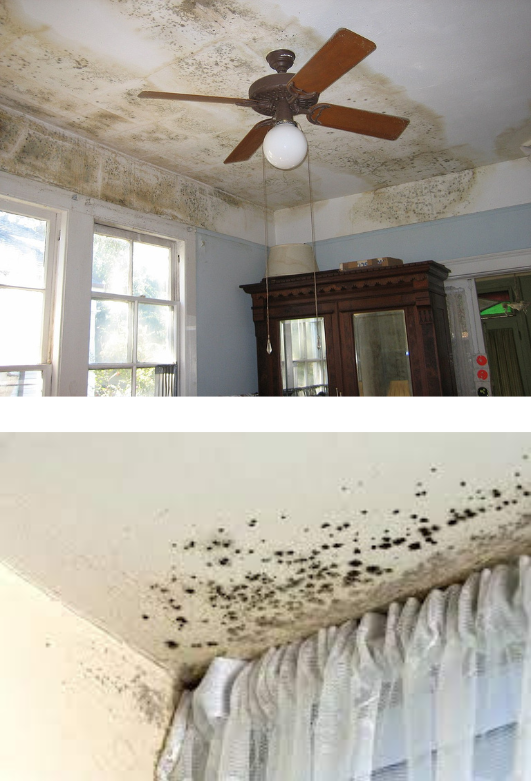
Health Problems Moulds Can Cause:
Apart from looking unsightly and staining surfaces, some moulds are very toxic and allergic, Inhalation might cause breathing problems, long term problems and in people with weakened immune system, even death. Mould should be removed as soon as possible.
Keeping your home, workplace or business clean and free from fungus is vital for everyone, especially if you have young children, elderly or people with underlying health problems or weakened immune system. Anyone suffering from asthma, allergies, or other breathing problems may be more sensitive to mould spores in the air.
How to kill, Remove and stop Mould from returning!
How To Kill and Remove Mould?
Because of their random nature, moulds are difficult to identify. It is always advisable to get professional advice. However, small areas and early prevention is key.
The 2 Most Common Mould Removal Techniques – Bleach and Vinegar
- Vinegar: Use undiluted vinegar solution to spray on the spot of moulds, dissolving with its corrosive properties. Let it dry for at least an hour and then use wet cloths to wipe the spot clean. Let it dry.
- Bleach: You must mix the bleach and water in the ratio of 1:10. After making the solution, scrub onto the spot of mould, dissolving with its corrosive properties, For fabrics, you can put the small amount of bleach in washing machine and wash them away.
Most people believe bleach kills mould and prevents it from growing, but bleach will only kill surface mould (on hard surface) and doesn’t work on porous materials. Bleach won’t kill the membrane beneath the mould on porous materials and if it isn’t removed, the mould regrows again. Bleach is also corrosive and can damage lungs.
Another solution is to use Microguard’s Disinfectant Cleaner spray on the spot of mould. Scrub onto the surface removing the mould, respray the area and allow to dry, stopping any regrowth.
While removing the mould, you must wear protective PPE, masks gloves, eye protection and ventilate the area, in order to get close contact with moulds spore
How to Stop Mould Regrowth!
Step 1: Use one of the removal methods above, allow the surface to dry.
Step 2: Spray the area with either Microguard’s Disinfectant Cleaner or Microguard’s Anti-mould spray or Microguard’s Area applicator, allow to dry.The antimicrobial adheres to the surface and stays active, preventing regrowth.
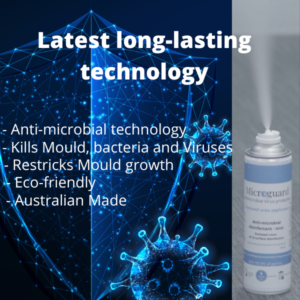
Types of Mould seen throughout Australia??
Where are they found??? What effects they have on humans (and animals), and their colours!
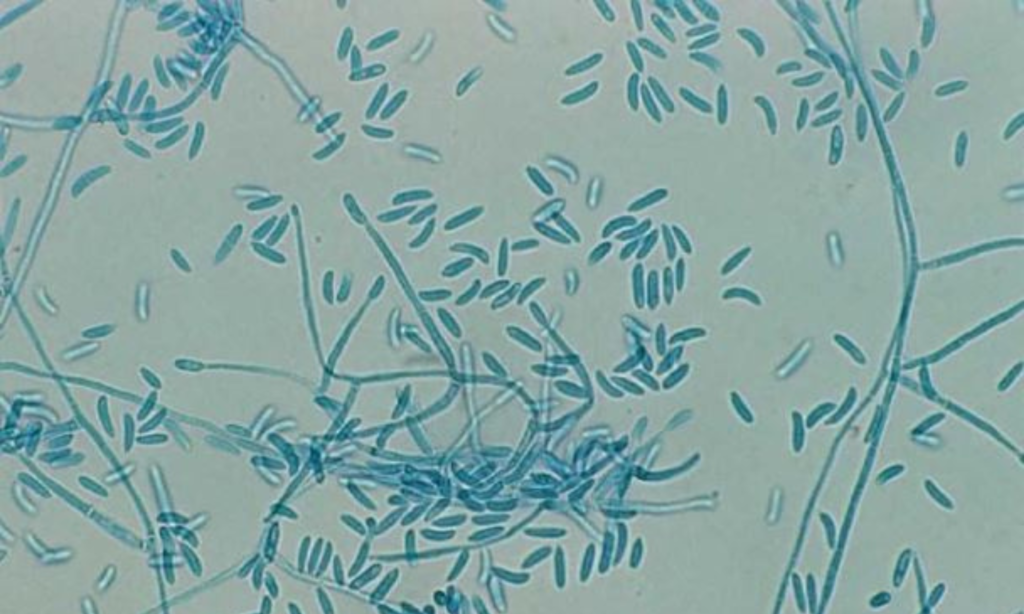
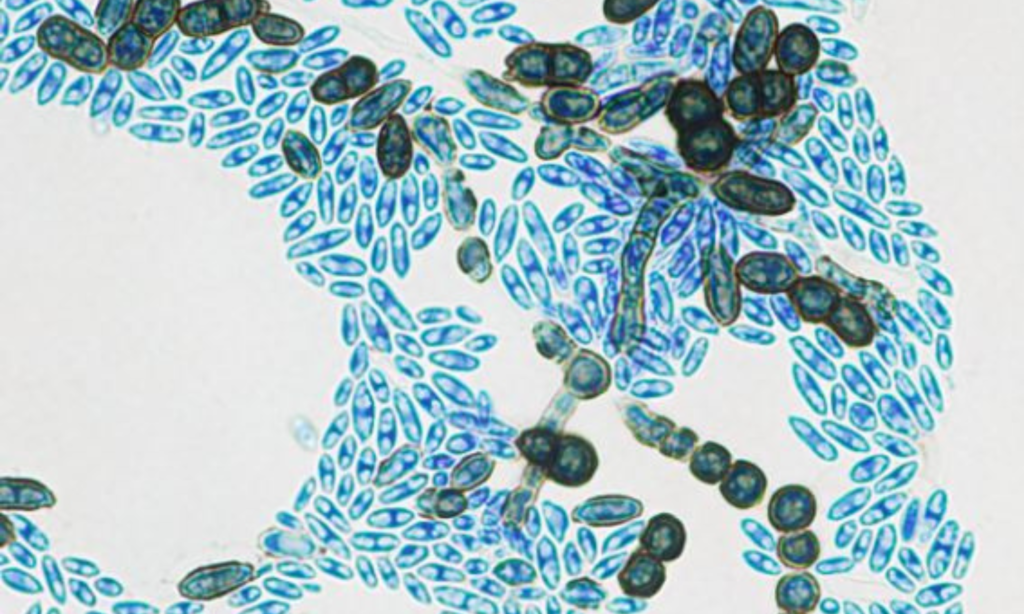

Fusarium – found: in carpets and other fabrics.
It is extremely toxic and allergenic. It causes allergenic reaction symptoms like, sore throat, sneezing, itch eyes, runny nose, Moreover, it causes skin infections. High exposure to fusarium might cause serious illnesses like brain abscesses or bone infections.
Appearance, it is pink, white or red.
Aureobasidium – found, on painted surfaces, walls or on wooden surfaces.
It is extremely allergenic in nature. It causes eyes, skin and nail infections.
Appearance, pink, brown, or black colour but turns darker brown.
Aspergillus
– found: bathrooms, window frames, and even in plants.
It is allergenic in nature and in some cases, toxic
depending on the species, and causes respiratory infection and in some
cases serious illnesses
Appearance,
it is green, grey, or white with dark spots on it.
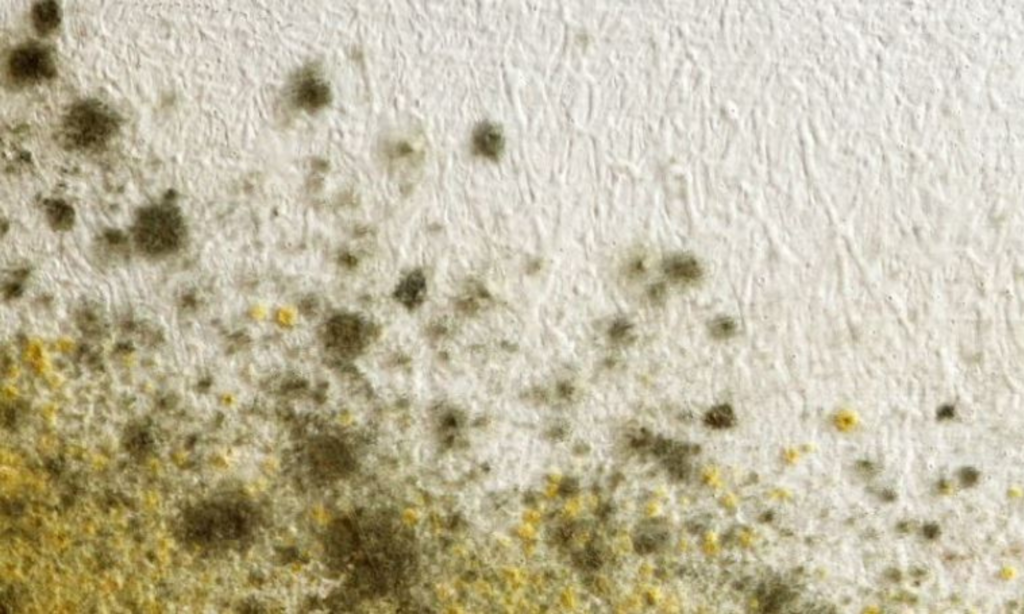
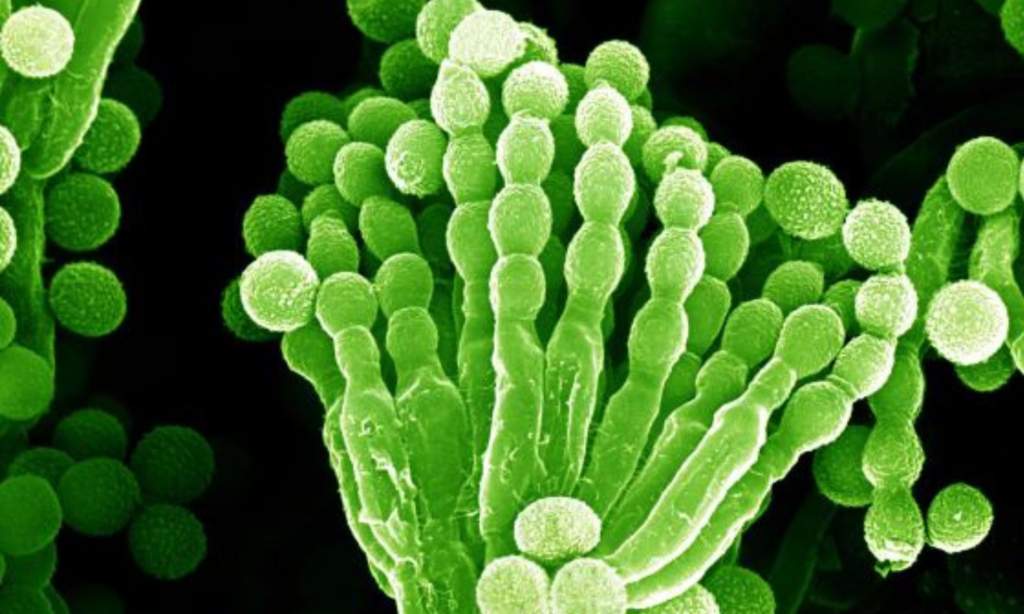
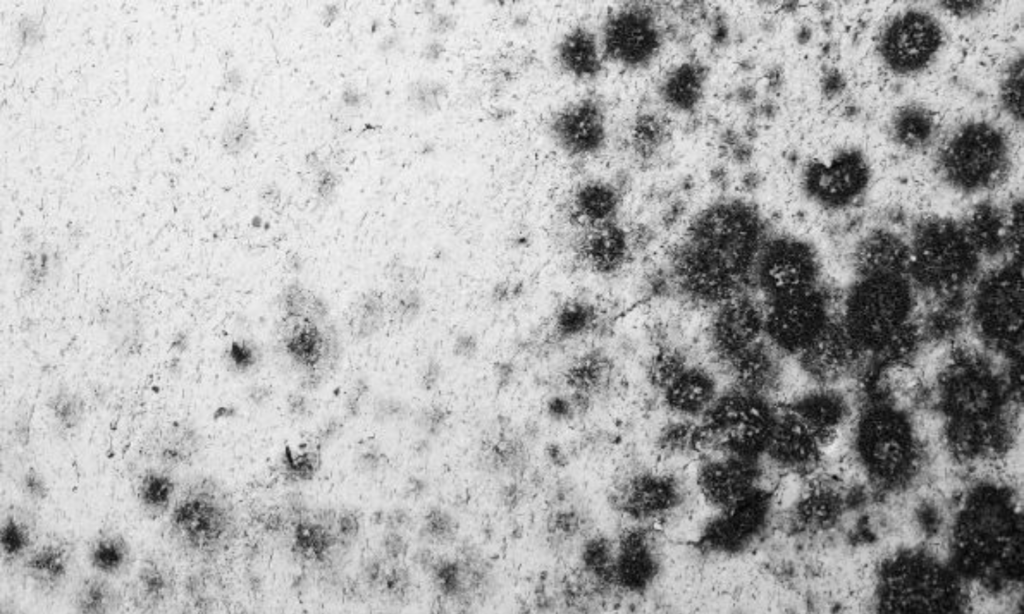
Cladosporium found: in both indoor and outdoor.
It gradually grows old and releases harmful spores into the air. It is allergenic and causes respiratory and breathing illnesses.
Appearance, it is Brown and gray.
Penicillium Found: in ducts, wallpapers, carpets, and mattresses.
It is allergenic in nature and might cause respiratory infections, pulmonary inflammation, asthma, etc
Appearance, it is blue or green with velvet textures.
Stachybotrys (black mould) Found: in damp, wet or humid areas.
It is toxic in nature and causes severe health problems like neurological problems, pulmonary bleeding, breathing problems, fatigue and even depression in some cases.
Appearance: Black and grey.
